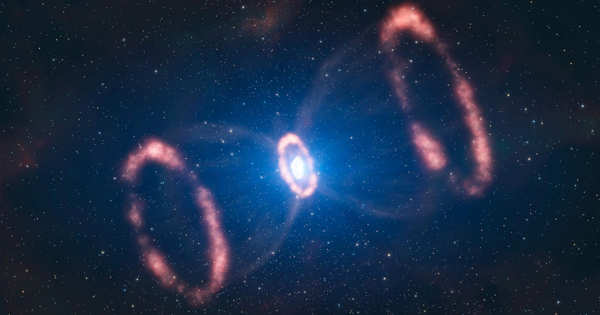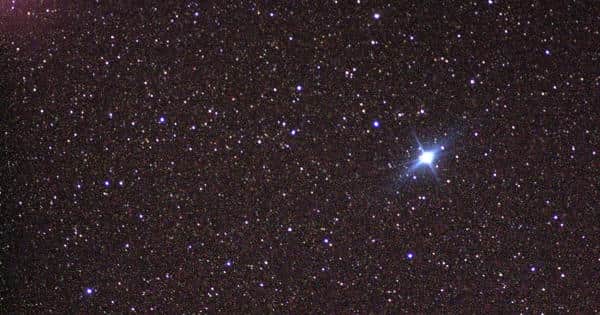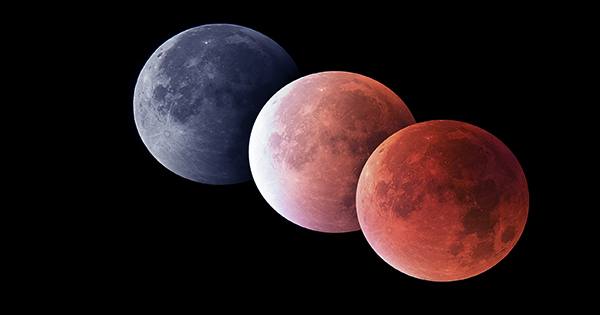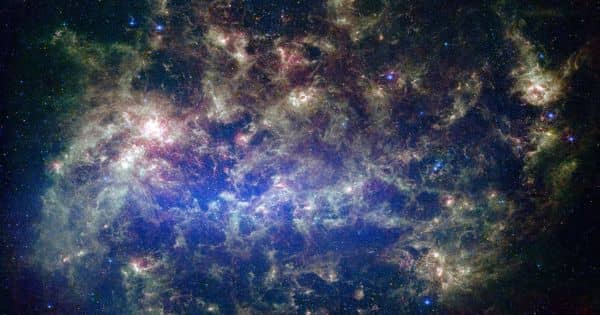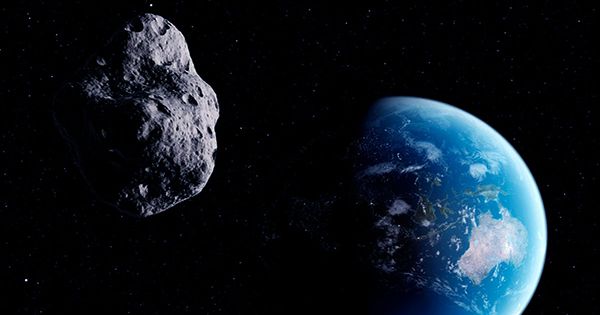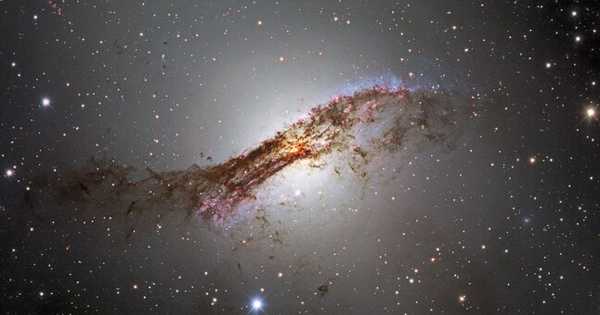At Las Cumbres Observatory, a global team led by UC Santa Barbara scientists discovered the first convincing evidence for a new type of stellar explosion—an electron-capture supernova. While they’ve been theorized for 40 years, real-world examples have been difficult to come by. They are thought to be the result of massive super-asymptotic giant branch (SAGB) star explosions, for which there is also scant evidence. The discovery, which was published in Nature Astronomy, also sheds new light on the thousand-year mystery of the A.D. 1054 supernova, which was visible all over the world during the day before becoming the Crab Nebula.
Supernovae have historically been classified into two types: thermonuclear and iron-core collapse. In a binary star system, a thermonuclear supernova is the explosion of a white dwarf star after it gains matter. These white dwarfs are the dense ash cores that remain after a low-mass star (up to about 8 times the mass of the sun) dies. An iron core-collapse supernova occurs when a massive star—one with a mass greater than ten times that of the sun—runs out of nuclear fuel and its iron core collapses, forming a black hole or neutron star. Electron-capture supernovae exist between these two main types of supernovae. These stars stop fusion when their cores are made of oxygen, neon, and magnesium; they aren’t massive enough to create iron.
A worldwide team led by UC Santa Barbara scientists at Las Cumbres Observatory has discovered the first convincing evidence for a new type of stellar explosion—an electron-capture supernova.
While gravity is always attempting to crush a star, what keeps most stars from collapsing is either ongoing fusion or, in cores where fusion has stopped, the fact that the atoms can no longer be packed any tighter. Some of the electrons in the oxygen-neon-magnesium core are smashed into their atomic nuclei in an electron-capture supernova. Because of the removal of electrons, the star’s core buckles under its own weight and collapses, resulting in an electron-capture supernova.
If the star had been slightly heavier, the core elements could have fused to form heavier elements, extending the star’s life. So it’s a sort of reverse Goldilocks situation: the star isn’t light enough to escape its core collapsing, but it’s also not heavy enough to live longer and dies later.
That is the theory advanced by Ken’ichi Nomoto of the University of Tokyo and others beginning in 1980. Theorists have made predictions about what to look for in electron-capture supernovae and their SAGB star progenitors for decades. The stars should be massive, lose a lot of mass before exploding, and the mass near the dying star should have an unusual chemical composition. The electron-capture supernova should be weak, with little radioactive fallout and a core rich in neutrons.

Daichi Hiramatsu, a graduate student at UC Santa Barbara and the Las Cumbres Observatory, is the study’s principal investigator (LCO). Hiramatsu is a key member of the Global Supernova Project, a global team of scientists who use dozens of telescopes all over the world to study supernovae. The researchers discovered that the supernova SN 2018zd exhibited a number of unusual characteristics, some of which were observed for the first time in a supernova.
It helped that the supernova was in the galaxy NGC 2146, which was only 31 million light-years away. This enabled the team to examine archival Hubble Space Telescope images taken prior to the explosion and identify the likely progenitor star before it exploded. The findings were consistent with another recently discovered SAGB star in the Milky Way, but not with models of red supergiants, which are the progenitors of normal iron core-collapse supernovae.
While some supernovae had a few of the predicted indicators for electron-capture supernovae, only SN 2018zd had all six: an apparent SAGB progenitor, strong pre-supernova mass loss, an unusual stellar chemical composition, a weak explosion, little radioactivity, and a neutron-rich core.
“We started by asking, ‘Who is this strangeo?'” Hiramatsu explained. “Then we looked at every aspect of SN 2018zd and realized that they all fit into the electron-capture scenario.”
The new findings also shed light on some of the most famous supernovae of all time. A supernova occurred in the Milky Way Galaxy in A.D. 1054 that was so bright that it could be seen during the day for 23 days and at night for nearly two years, according to Chinese and Japanese records. The resulting remnant, known as the Crab Nebula, has been extensively studied.
The Crab Nebula was previously the best candidate for an electron-capture supernova, but its status was in doubt due to the fact that the explosion occurred nearly a thousand years ago. The new finding strengthens the case that the historic SN 1054 was an electron-capture supernova. It also explains why that supernova was relatively bright compared to the models: the supernova ejecta colliding with material cast off by the progenitor star, as seen in SN 2018zd.
Ken Nomoto of the University of Tokyo’s Kavli IPMU expressed delight that his theory had been confirmed. “I am very pleased that the electron-capture supernova, which my colleagues and I predicted would exist and have a connection to the Crab Nebula 40 years ago, has finally been discovered,” he said. “I am grateful for the time and effort put in to gather these observations. This is an excellent example of combining observations and theory.”
“It was such a ‘Eureka moment’ for all of us that we could contribute to closing the 40-year-old theoretical loop, and for me personally because my career in astronomy began when I looked at the stunning pictures of the Universe in the high school library, one of which was the iconic Crab Nebula taken by the Hubble Space Telescope,” Hiramatsu added.
“The term Rosetta Stone is overused as an analogy when we discover a new astrophysical object,” said Andrew Howell, a staff scientist at Las Cumbres Observatory and adjunct faculty at UCSB, “but I think it is appropriate in this case.”
This supernova is literally assisting us in deciphering thousands of year-old records from cultures all over the world. And it’s assisting us in connecting something we don’t fully understand, the Crab Nebula, with something we have incredible modern records of, this supernova. In the process, it teaches us about fundamental physics: how neutron stars are formed, how extreme stars live and die, and how the elements that make up our bodies are created and dispersed throughout the universe.” Howell is also the Global Supernova Project’s leader and the Ph.D. advisor to lead author Hiramatsu.
